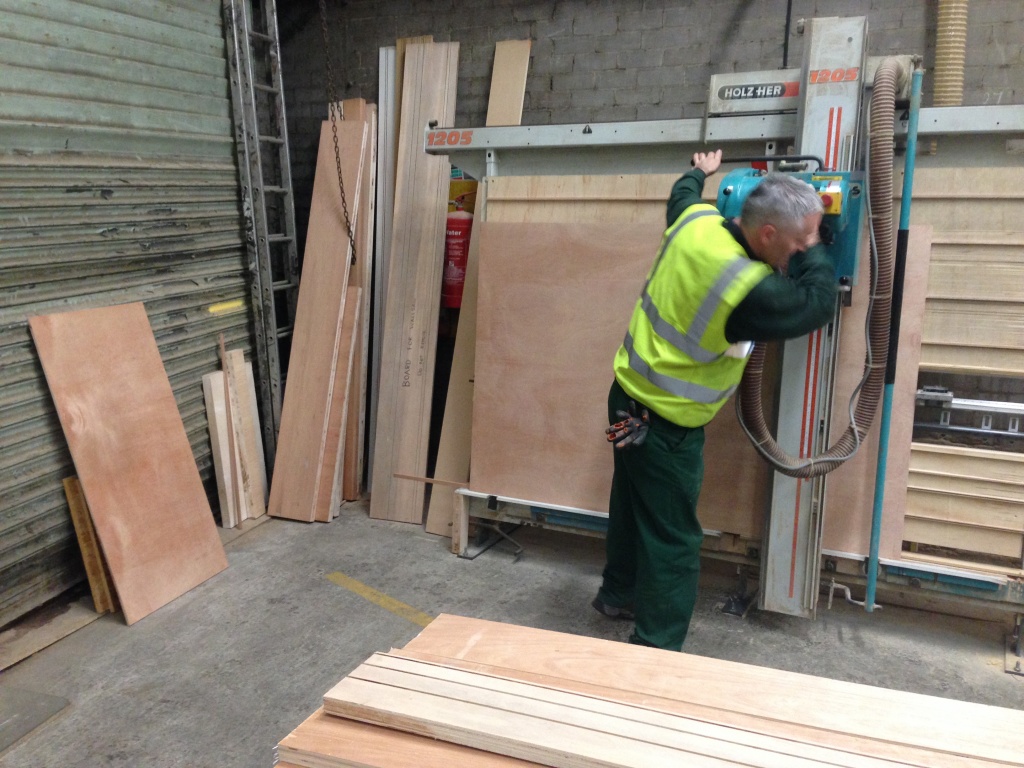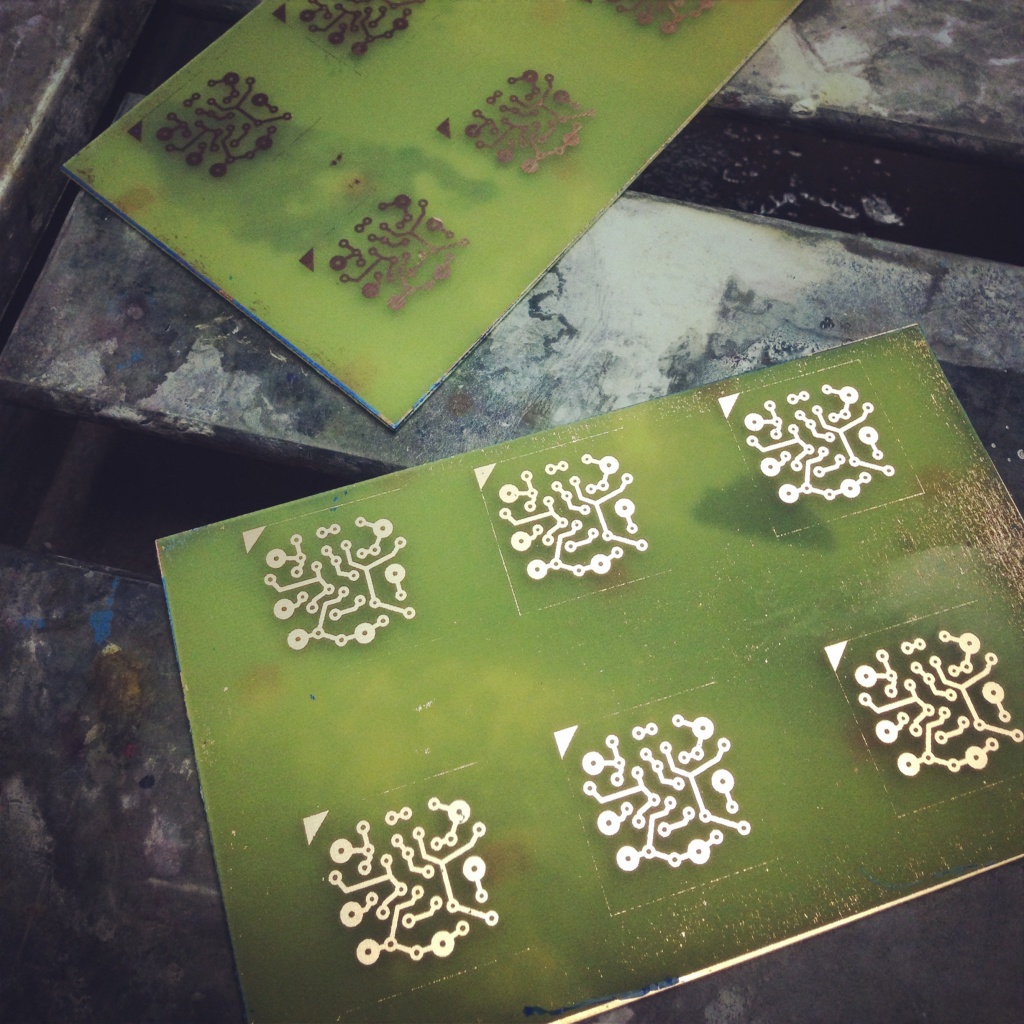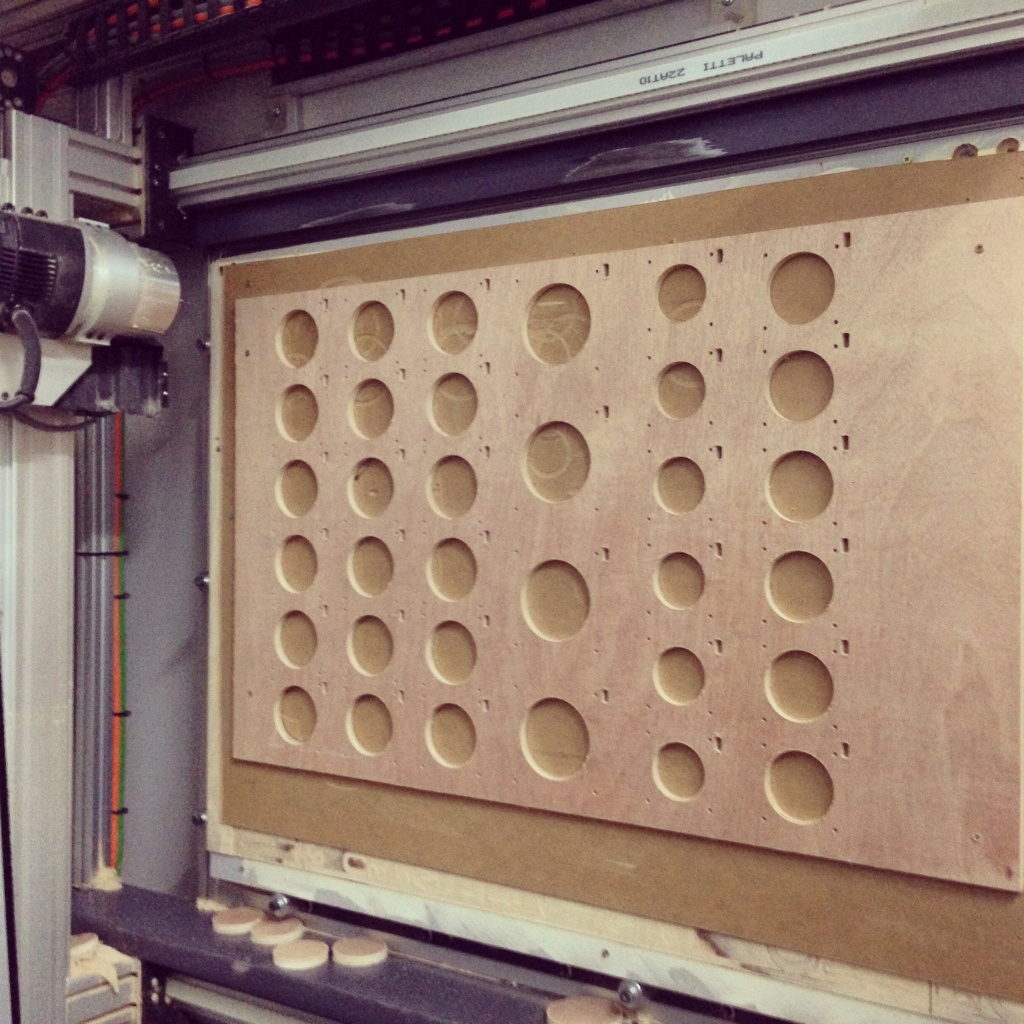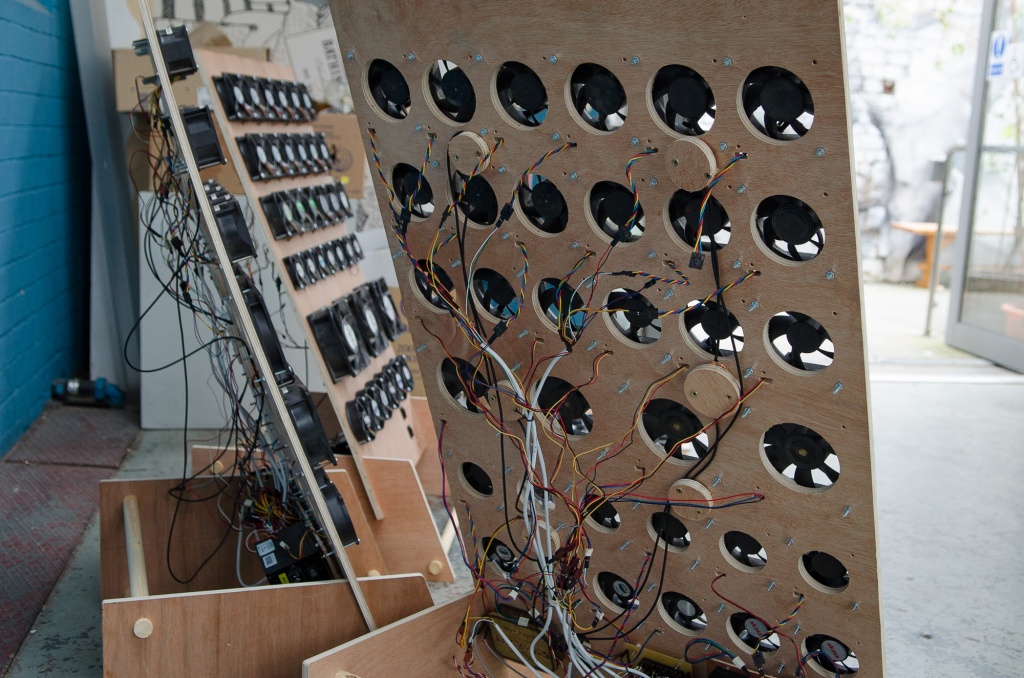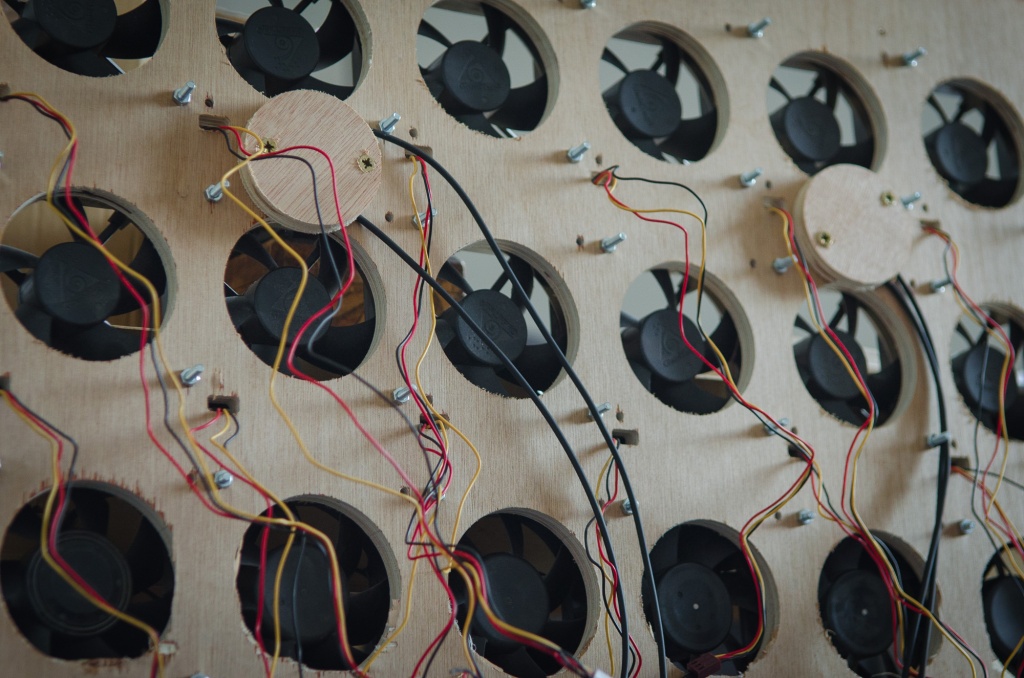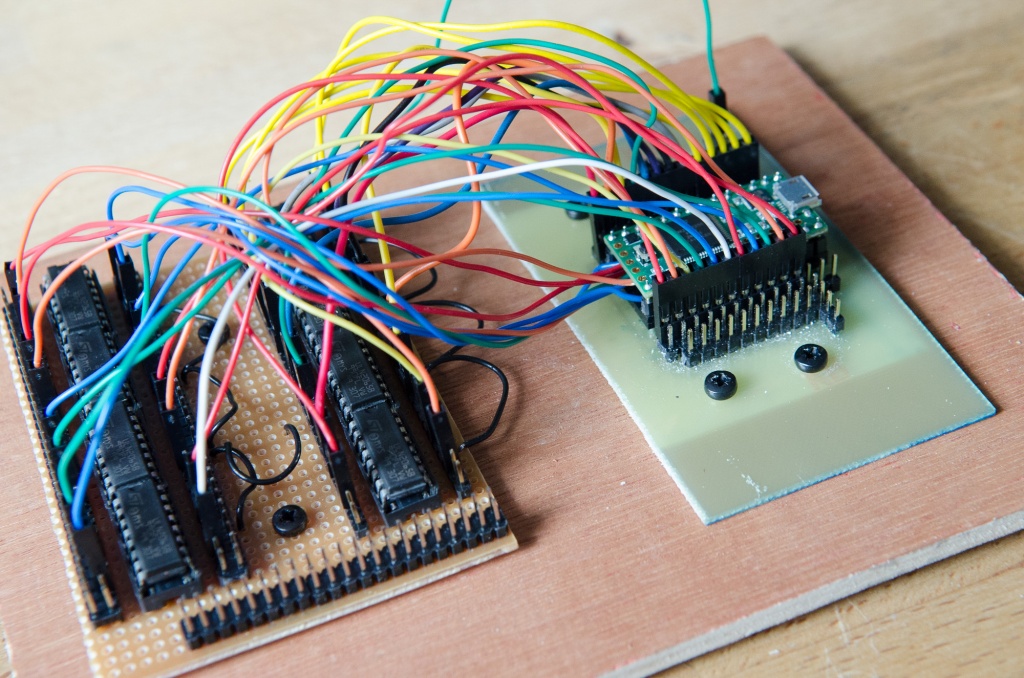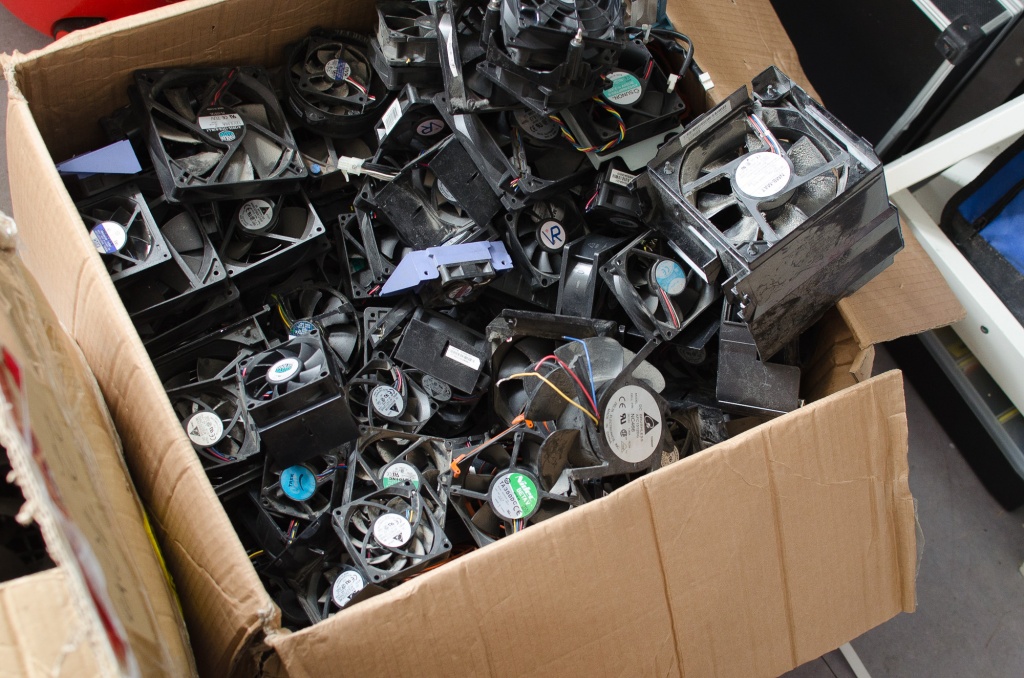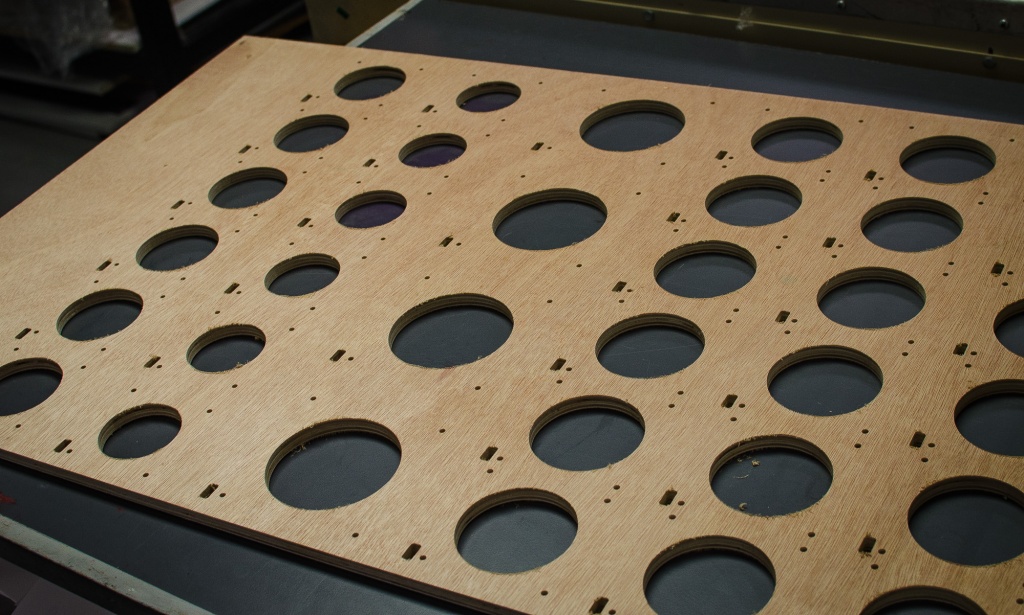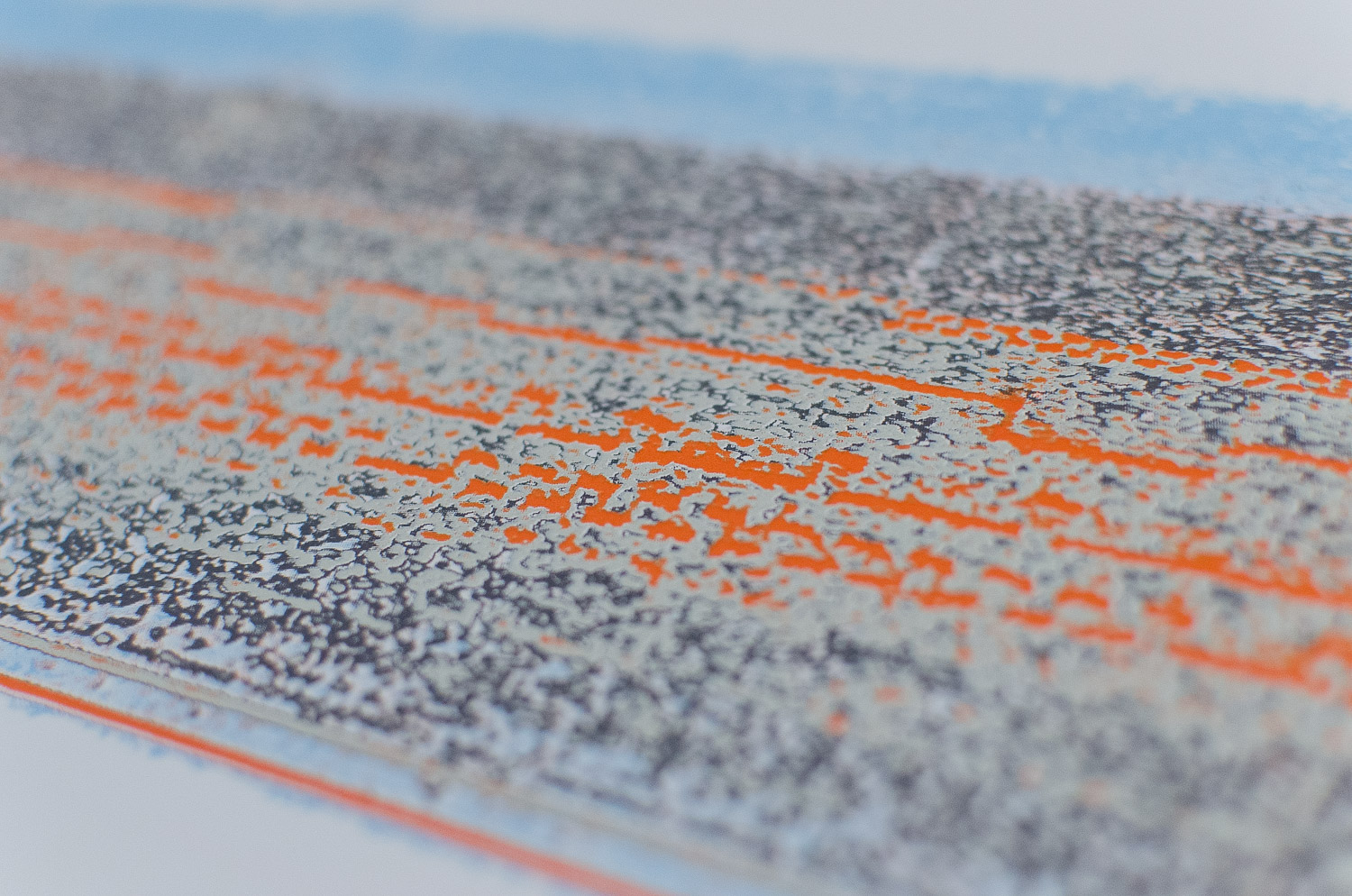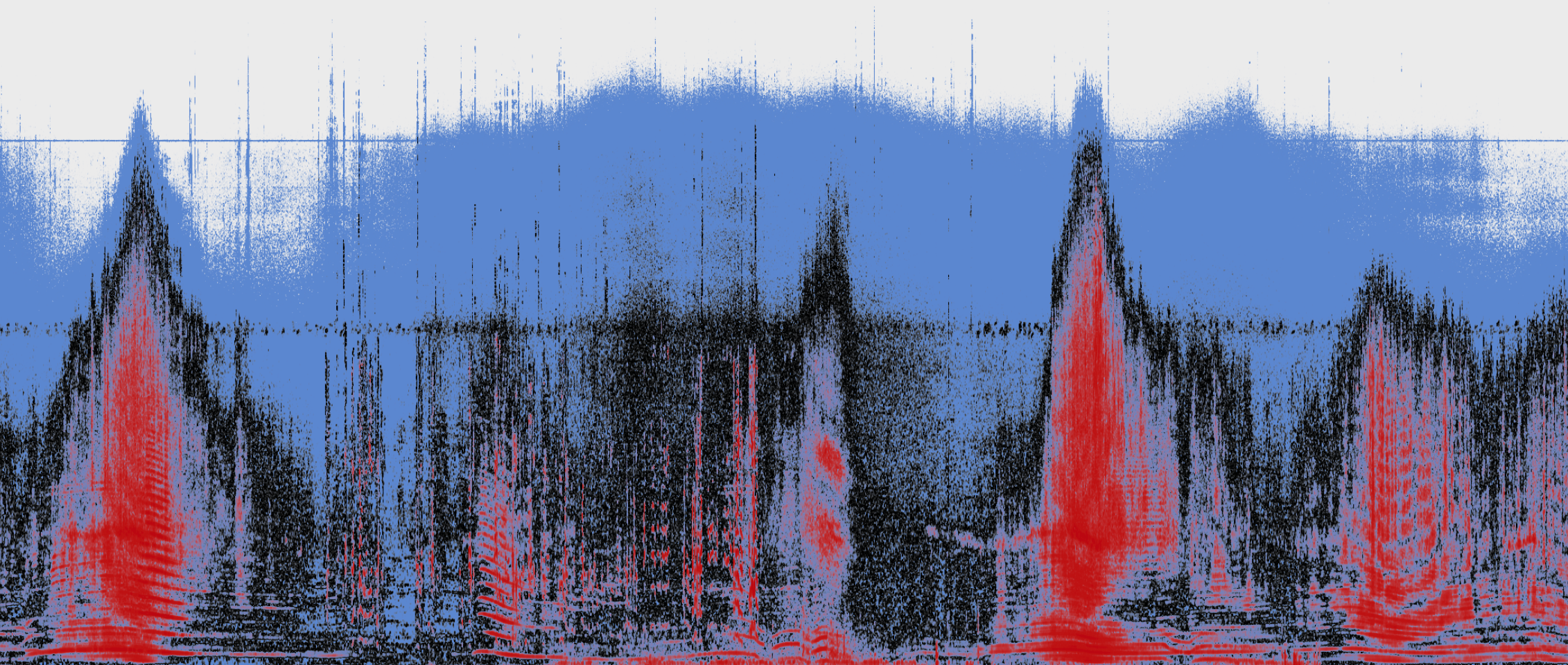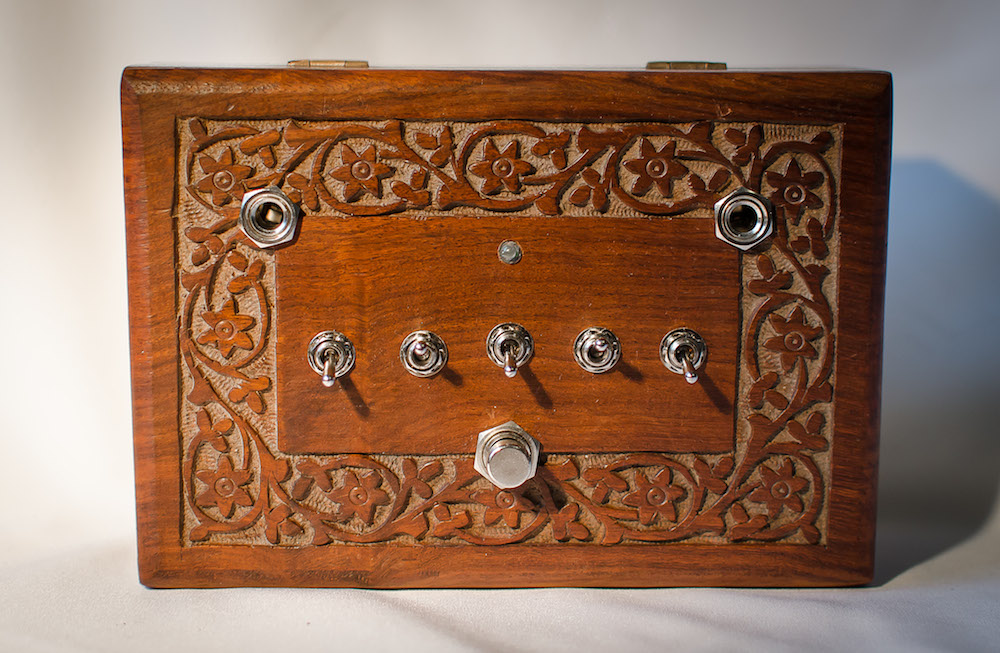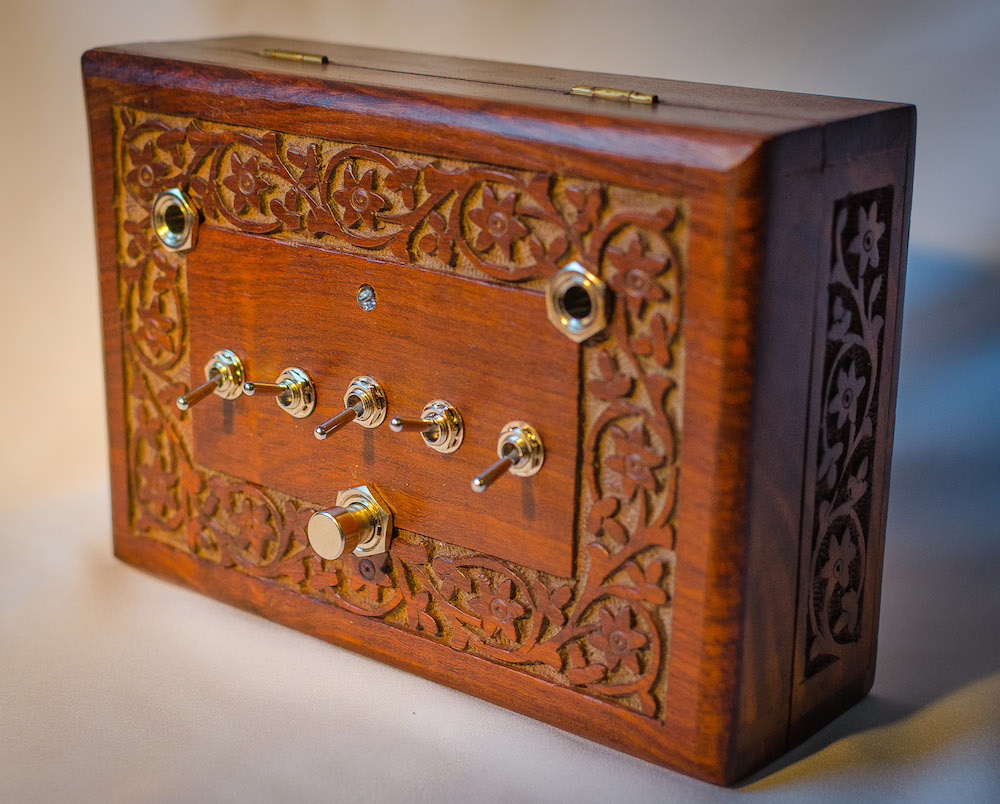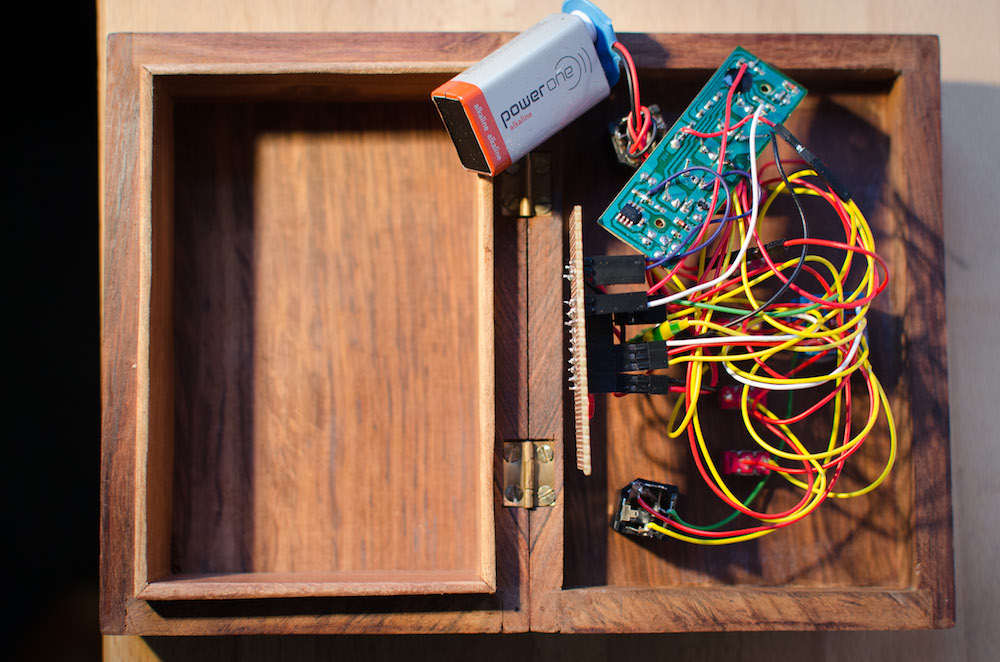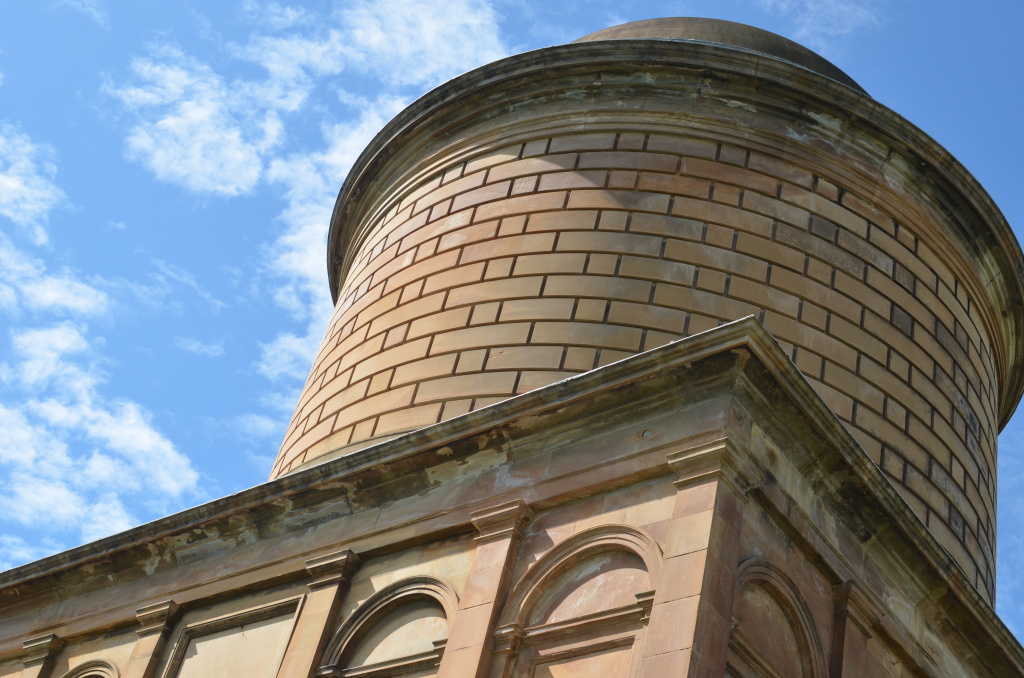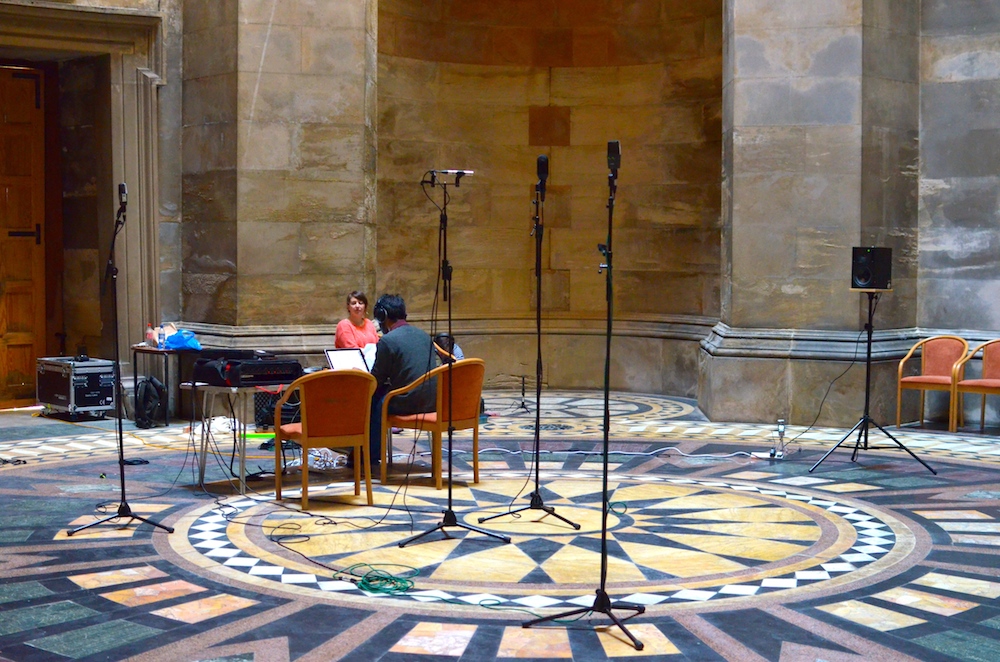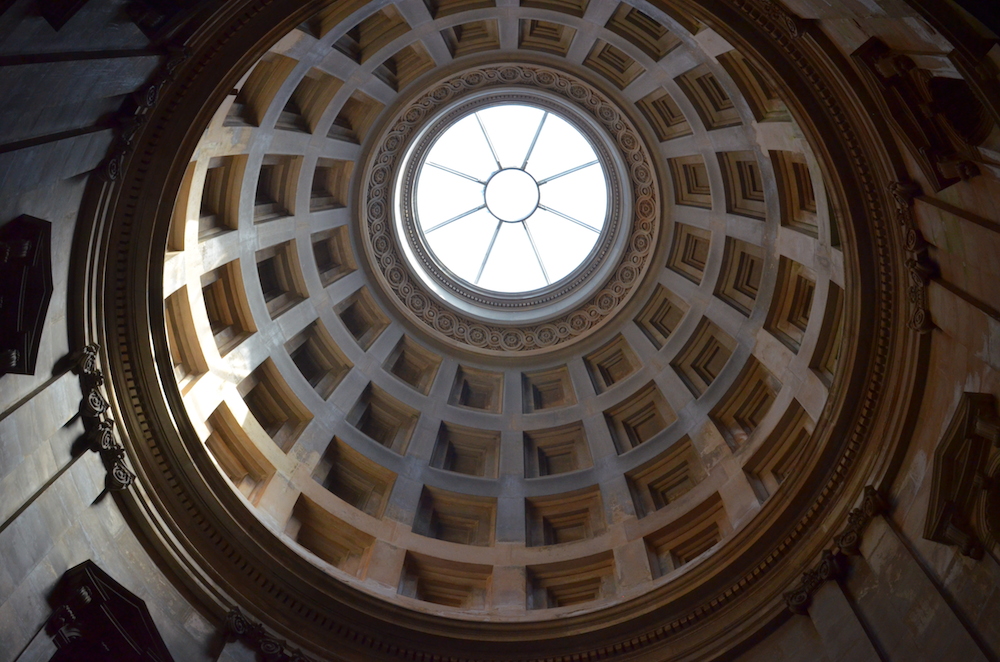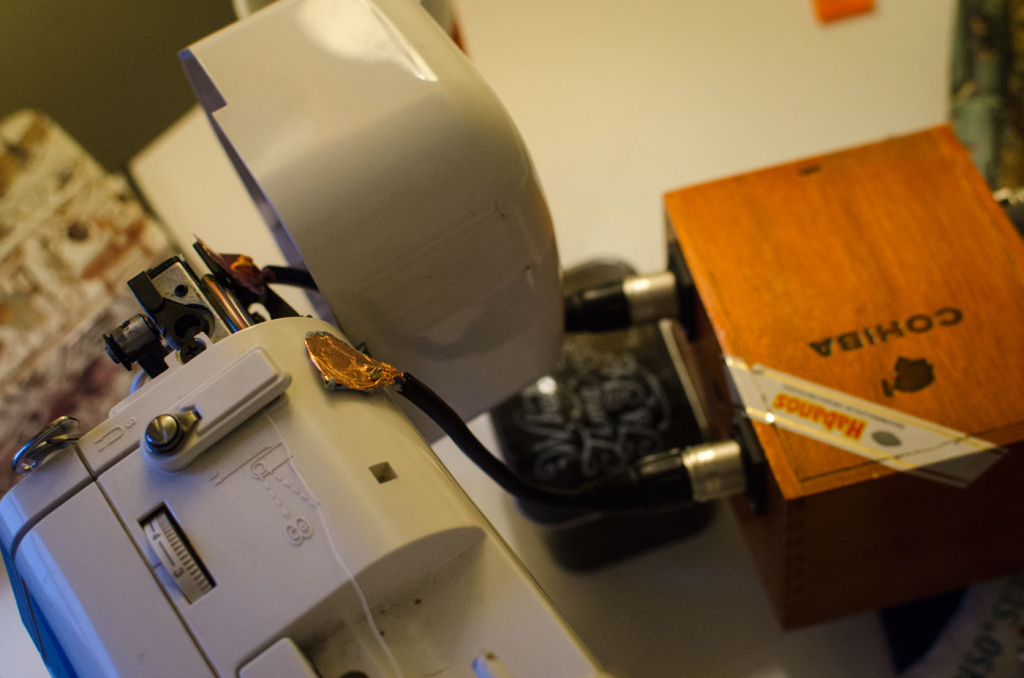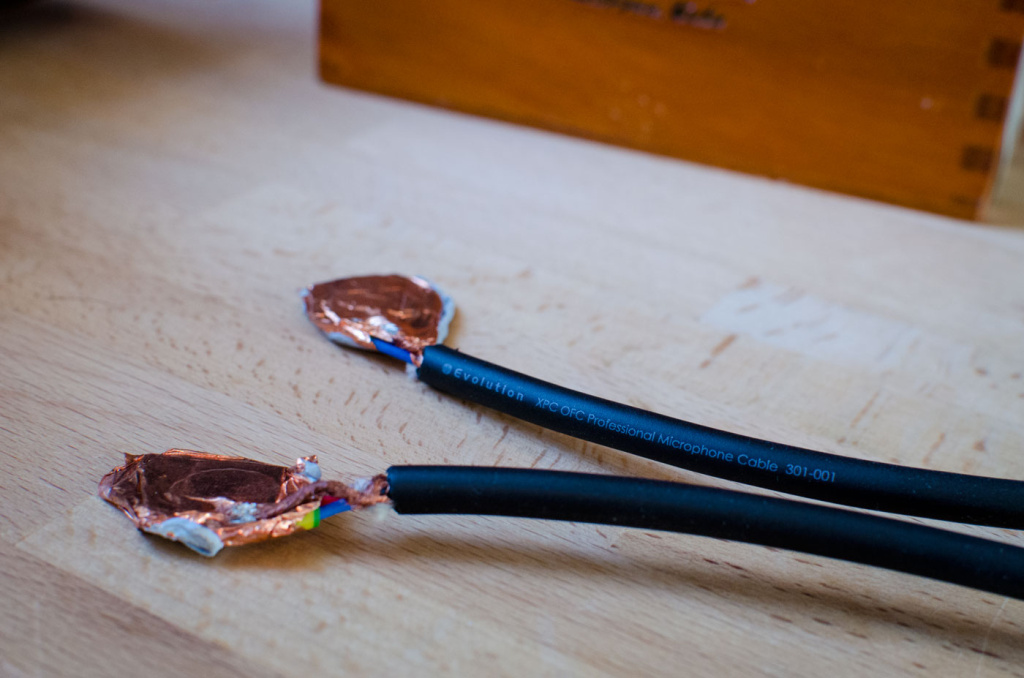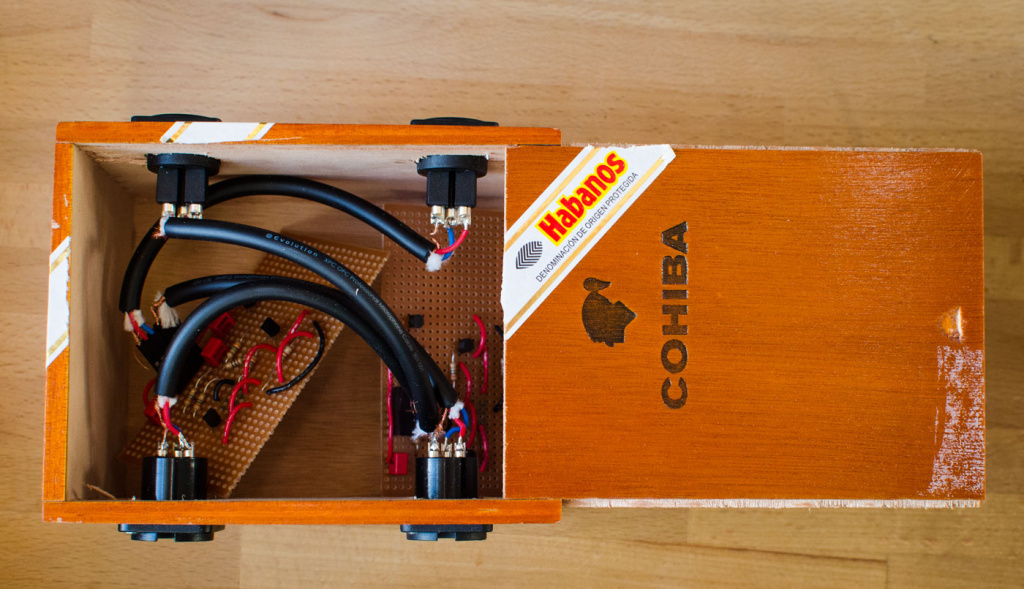Over the past few months I’ve been working on Currents, a project for the Edinburgh Art Festival and the PRS New Music Biennial.
For this project I am taking hundreds of discarded computer CPU fans and turning them into both musical instruments and an installation in a police box in Edinburgh. This weekend sees the debut of the instruments in a performance at the Southbank Centre in London where I will be accompanied by Sam Beste and Hugh Jones. We are, of course, performing under the name Yann’s Fan Club. The performance is at 1pm in the Purcell Room. It is free but ticketed. Full details here.
This project is about distance and technology, and how that intersects with our constant striving towards change and growth.
The instruments are now finished and we have done some rehearsing. Here are a few pictures of the finished instruments we’ll be using.
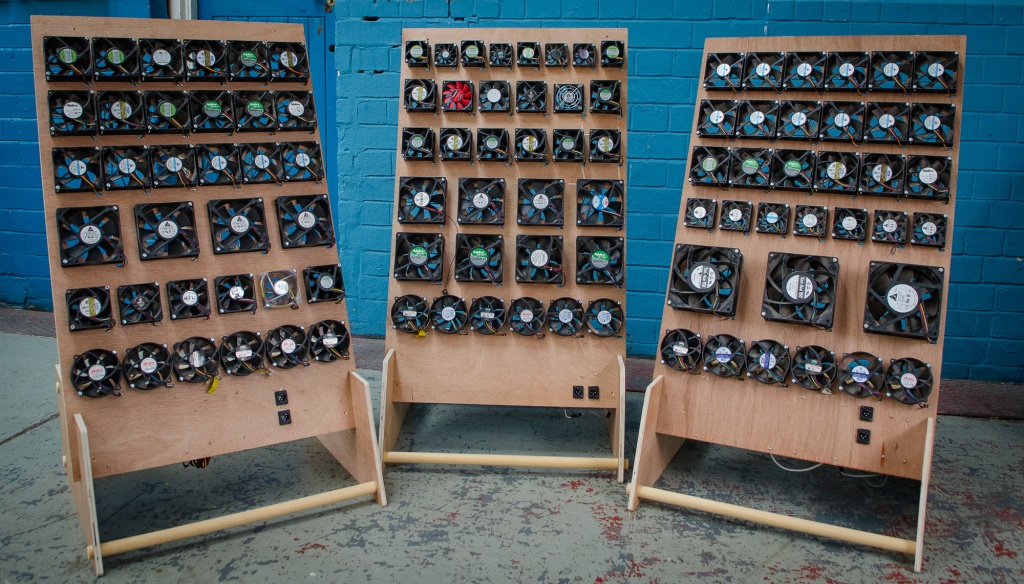
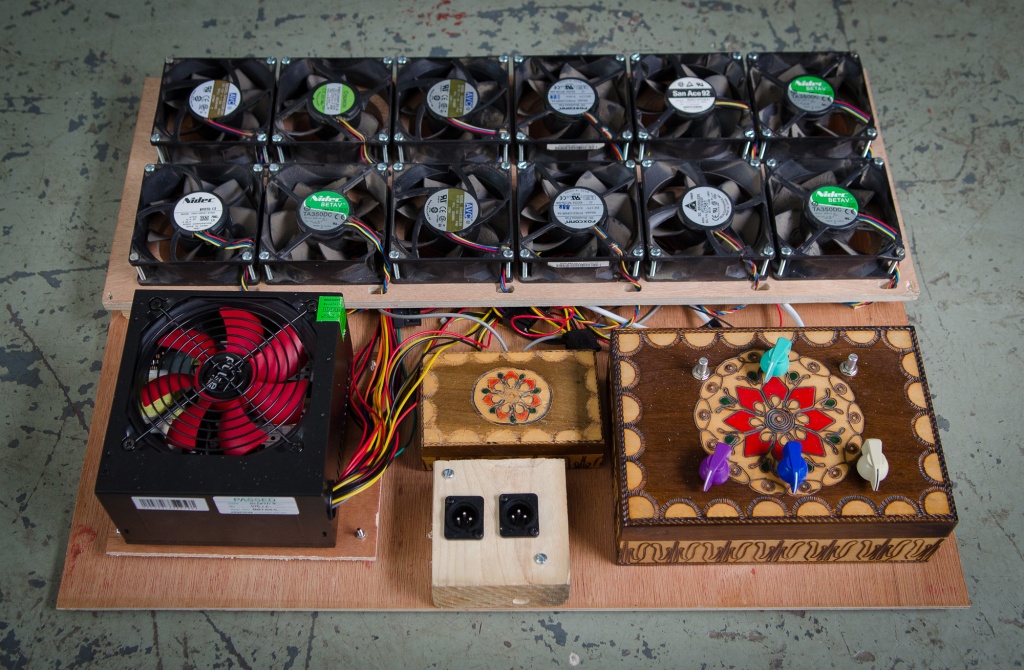

The performance will be semi-improvised, with a structure dictated by live wind data from around the world. At regular intervals the fans will switch to recreate the current windspeed in one of five locations, ranging from St Johns, Newfoundland (one of the windiest cities on the planet), to the suburb of Bangkok where the majority of the fans were produced.
Here’s a small glimpse of some early rehearsals with Sam. It was rather hot in the room, the fans came in handy.
The instruments are made of thick plywood, which I cut using a CNC router at the DCA print studio. Many thanks go to Rob Jackson and the rest of the DCA staff for all their help.
Most of them are controlled using MIDI, so we will be using standard keyboards and drum machines to ‘play’ them. The electronics are made with Teensy microcontrollers and a set of power circuits for switching. They are powered using standard computer power supplies which are, in turn, cooled by fans.
The first performance is Saturday 5 July at the Southbank Centre at 1pm. We will be performing again in Edinburgh on 31 July and in Glasgow on 1 August.
With the instruments finished I’ll next be working on the installation side of this project, which will be ready for the opening of the Edinburgh Art Festival at the end of July.
In the mean time, here are some pictures of the process of making the instruments.
